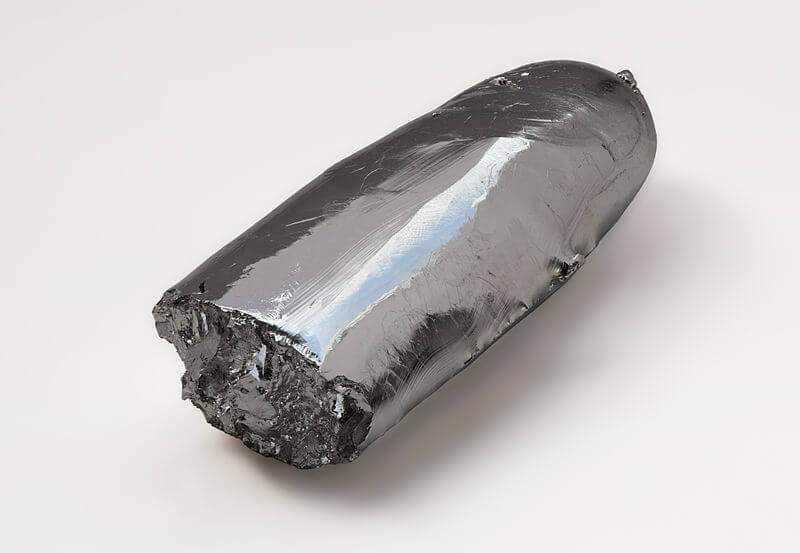
Ruthenium
- Appearance : Rare hard brittle silvery metal
- Symbol : Ru
- Atomic Number : 44
- Atomic Weight : 101.07
- Found in : Ural Mountains, North and South America, South Africa
- Uses : Used for eye treatment; also used to harden platinum and palladium. Aircraft magnetos use platinum alloy with 10% ruthenium
Ruthenium was the last of the six platinum metals to be discovered after palladium, iridium, osmium, platinum and rhodium.
It is one of the rarest metals on Earth and is mainly found in the Ural mountains, USA and South Africa.
Ruthenium is one of the most effective hardeners for platinum and palladium and is alloyed with these metals to make electrical contacts for wear resistance. It is used in chip resistors and in electrical contacts in alloys and filaments, in jewellery and in pen nibs. In addition, the inorganic dye ammoniated ruthenium oxychloride, also known as ruthenium red, is used in electron microscopy for staining nucleic acids and pectins.
Interestingly, some ruthenium complexes can absorb light and have been employed in dye-synthesised solar cells, a new low cost solar cell system which has the ability to absorbe light through smog and weather conditions that would normally inhibit light absorption.
To our knowledge, ruthenium has no known biological role, but has a great potential as anti-cancer drugs. Some compounds based on ruthenium have been developed and tested against cancer cell lines and resulted in less severe side effects compared to the more established platinum drugs. Promising ruthenium-based drugs are currently under clinical evaluation against some metastatic tumours and colon cancers.